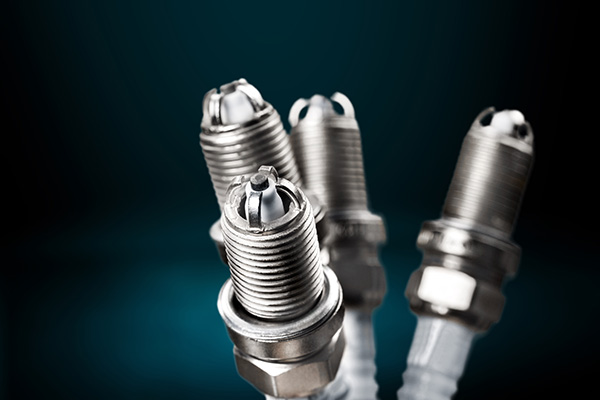Posted on 9/30/2024

Did you just try to start your car, and nothing happened? Or maybe the lights flicker when you’re driving, or you notice your car struggling to start. Is it the battery? The alternator? Figuring out which one is causing the issue can save you from unnecessary expenses or, worse, getting stranded somewhere. Diagnosing whether the problem lies with your car's battery or alternator doesn't have to be complicated. With a bit of knowledge, you can troubleshoot the issue yourself and determine the next steps to get back on the road. Signs Your Battery May Be Failing The battery provides the electrical power to start your car, and when it’s not working correctly, your car just won’t start. But how can you tell if it’s the battery that’s causing the problem? Here are some common signs: Car Won’t Start: This is often the most obvious sign. You turn the key, and either nothing happens or the engine ... read more
Posted on 8/27/2024

Over the past decade, SUVs have become the vehicle of choice for families. Their popularity has skyrocketed, and it’s not hard to see why. The modern family is looking for a car that offers more than just the basics. They want comfort, safety, space, and versatility. SUVs tick all these boxes and more, making them an ideal choice for the hustle and bustle of family life. But what exactly makes SUVs stand out as the ultimate family vehicle? Space and Comfort One of the main reasons families are drawn to SUVs is the sheer amount of space they provide. Whether you’re a family of four or seven, the spacious interiors of an SUV can comfortably fit everyone, and there’s usually still room for the family dog! Many SUVs offer third-row seating, which is perfect for larger families or those who frequently carpool. Beyond seating, the cargo space is another big win for families. Whether you’re packing for a weekend getaway, grocery shopping, or transpo ... read more
Posted on 7/29/2024

Have you ever found yourself stranded on the side of the road, wondering why your car won't start or why it's sputtering as you drive? One often overlooked culprit might be a clogged fuel filter. Your car's fuel filter plays a crucial role in maintaining the health and performance of your engine by keeping impurities out of your fuel system. But how can you tell if your fuel filter is clogged? Let's dive into the symptoms and what you can do about it. The Fuel Filter's Role Before we get into the signs of a clogged fuel filter, it's important to understand what the fuel filter does. The fuel filter is designed to trap dirt, rust, and other contaminants from the fuel before it reaches the engine. This ensures that only clean fuel is used for combustion, which helps maintain engine efficiency and longevity. Over time, the filter can become clogged with these particles, restricting the flow of fuel and leading to various performance issues ... read more
Posted on 5/30/2024

Purchasing a pre-owned vehicle can be a smart financial decision, but it comes with its own set of challenges. Unlike new cars, used cars have a history that can impact their performance, safety, and longevity. To ensure you're making a wise investment, performing thorough checks before finalizing the deal is crucial. In this article, we'll guide you through seven essential checks to help you buy a reliable pre-owned vehicle. 1. Check the Vehicle History Report Before you even set foot in the car, obtain a vehicle history report. This report provides crucial information about the car's past, including: Accident History: Whether the car has been involved in any accidents and the extent of the damage. Title Status: Ensures the car doesn't have a salvage title, which indicates it has been deemed a total loss by an insurance company. Odometer Reading: Verifies that the mileage on the car is accurate an ... read more
Posted on 4/29/2024

Spark plugs ignite the air-fuel mixture that powers your car's engine. Yet many drivers overlook the significance of these small components. We'll look into the fundamentals of spark plugs, their function, and the telltale signs indicating it's time for a replacement. Spark Plugs 101 Spark plugs are tiny but mighty devices nestled deep within your engine's cylinders. Their primary function is to generate the electrical spark necessary to ignite the air-fuel mixture, initiating combustion and powering your vehicle. Without functioning spark plugs, your engine wouldn't run at all. The Importance of Spark Plug Maintenance Proper maintenance of your spark plugs is essential for optimal engine performance and fuel efficiency. Over time, spark plugs can become fouled with carbon deposits, reducing their effectiveness and leading to various performance issues. Regular inspection and timely replacement of worn or faulty spark plugs are ... read more